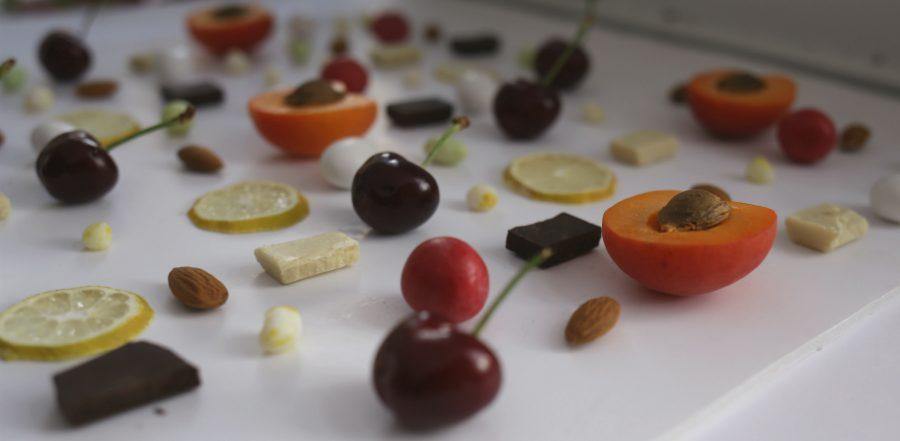The zest of lemon, the sweetness of apricots and the rich intensity of amarena cherries grown in the Bologna and Modena regions of Italy; the summery months burst with flavours that tingle your taste buds and leave a pleasant lingering sensation.
But when summer departs, how do you ensure that the flavours do not depart with it? How do you make those precise fragrances last and preserve it so “their substance still lives sweet” (Shakespeare sonnet 5) during the winter months?
Over the past few decades, there has been an increasing abundance of preservatives used as additives in food products, some of which are infamous for raising issues regarding their effects on the human body as well as the effects on the environment during the production process.
Instead of relying on additives, we wanted to preserve the natural flavour of our fruits using a more traditional method.
The history of fruit preservation extends back to the Ancient Greeks and Romans who used honey to prevent spoilage. The following in an excerpt from "De Re Coquinaria", (The Art of Cooking) which is one of the oldest collection of recipes and cooking instructions;
“FICVM RECENTEM, MALA, PRVNA, PIRA, CERASIA VT DIV SERVES
Omnia cum petiolis diligenter legito et in melle ponito, ne se contingant.”
“TO PRESERVE FRESH FIGS, APPLES, PLUMS, PEARS AND CHERRIES
Select them all very carefully with the stem on and place them in honey so they do not touch each other.”
After the 16th century, sugar became more abundant and was more readily used. Its use as a preservative can still be seen today in the form of jams and marmalades because sugar has the ability to draw water from its surroundings. This decreases the availability of water so that microbial growth as well as the discolouration of our fruits are prevented.
Our confectioneries use this method of preservation to protect the gems of fruit found within our Fruit Garden amongst the other collections. We encase the fruits with a delicate shell of sugar using the Italian panning technique. This requires sugar syrup to be added into a large mixing machine very slowly for a smooth finish. It is one of the secrets which explains why our artisan confectioneries require 5 days to perfect.
 The sugarcoating isn’t just to add a touch of sweetness. It’s also a subtle, refined way to ensure that the beautiful flavour of fruits can be cherished for a little while longer...The sugarcoating isn’t just to add a touch of sweetness. It’s also a subtle, refined way to ensure that the beautiful flavour of fruits can be cherished for a little while longer...
The sugarcoating isn’t just to add a touch of sweetness. It’s also a subtle, refined way to ensure that the beautiful flavour of fruits can be cherished for a little while longer...The sugarcoating isn’t just to add a touch of sweetness. It’s also a subtle, refined way to ensure that the beautiful flavour of fruits can be cherished for a little while longer...


